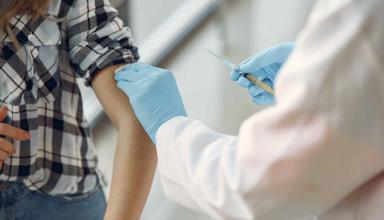30 July 2014 Article by Philippa Watkins, National Assembly for Wales Research Service
Legal highs have become seen as an emerging threat following the rapid growth in use of the drug mephedrone (meow meow, m-cat) in 2009. The umbrella term ‘legal highs’ has been used in reference to a variety of substances, including prescription drugs such as tranquillisers, but commonly refers to ‘new psychoactive substances’ - drugs which have been synthesised to produce the same or similar effects as illegal drugs. Because they are newly created, and their chemical composition may be slightly different to that of banned substances, new psychoactive substances are not automatically controlled under drugs legislation (in the UK, the Misuse of Drugs Act 1971). Widely available via the internet and on the high street, their ease of availability, along with what may be a low price and high purity compared with illegal drugs, are thought to be the main factors in the growing use of these substances.
It’s not known to what extent these drugs being known as legal highs is a factor in people’s decision to use them, but there is a significant concern that, while they are thought of as ‘legal’, there is a misconception that they are safe. Users are often unaware of the actual contents of the drug they are taking, the strength and side effects of which are difficult to predict. There has been limited research into the effects, particularly the long-term effects, of taking these drugs. Some drugs sold as legal highs have been found to contain substances which are themselves illegal. The scale of the problem is not fully understood. Use of these substances is considered to be widespread and increasing, but there is a lack of official data available to provide an accurate picture. It is possible that the harm from legal highs is underreported - given the inconsistency of ingredients for example, neither users nor health professionals may know what substance has caused an adverse reaction. Launched in October 2013, the Welsh Government-funded WEDINOS project was established in response to an increase in presentations at emergency departments reporting unexpected/ill effects by users of new psychoactive substances. WEDINOS aims to provide a robust mechanism for the collection, testing and profiling of new psychoactive substances or combinations of substances. Mephedrone was, in 2010, classified as a Class B drug under the Misuse of Drugs Act. The Act has subsequently been amended to enable a new psychoactive substance to be placed under temporary control where there is significant concern about its potential harms. As at November 2013, eleven named substances had been placed under such temporary class drug orders since their introduction in November 2011. Whilst legislation may be one lever in tackling new psychoactive substances, substance misuse strategies emphasise the need for a coordinated, partnership approach involving all relevant agencies and public services. In December 2013, the UK Government announced a review looking at how the UK’s response to the issue can be strengthened. It also published guidance for local authorities on taking action against shops selling these substances. In Wales, the National Assembly’s Health and Social Care Committee is undertaking an inquiry into new psychoactive substances. As well as considering the possible legislative approaches at a UK and Wales level, the inquiry will focus on issues such as raising awareness, the capacity of local services, and data collection and reporting. As part of its evidence gathering, the Committee has launched a survey asking about people’s awareness of legal highs and the harms associated with their use. The survey, and a formal consultation, will run over the summer, with oral evidence sessions planned for the autumn term.




